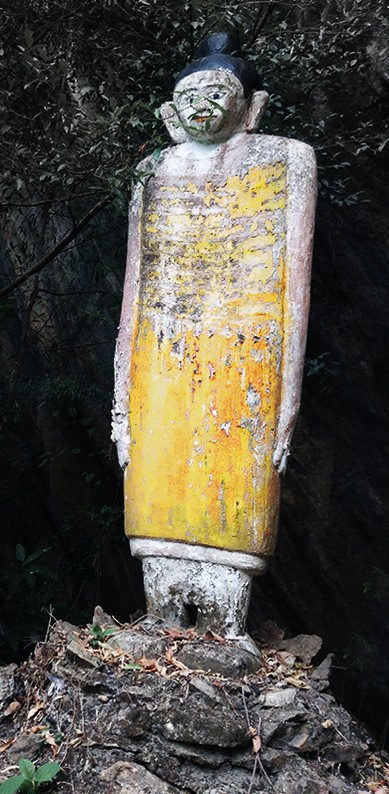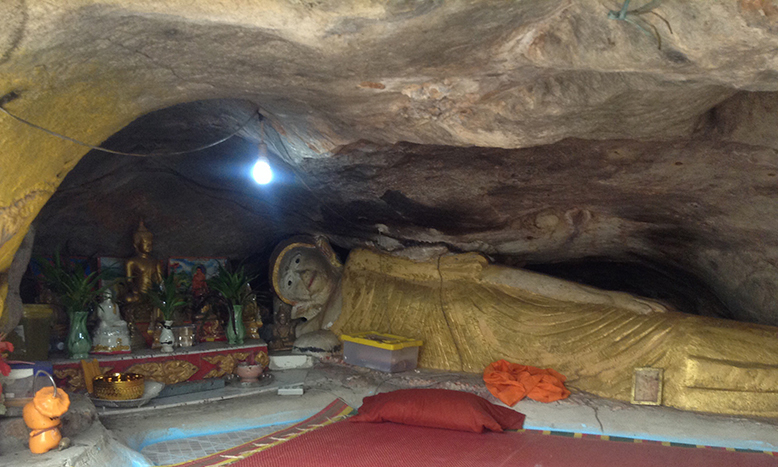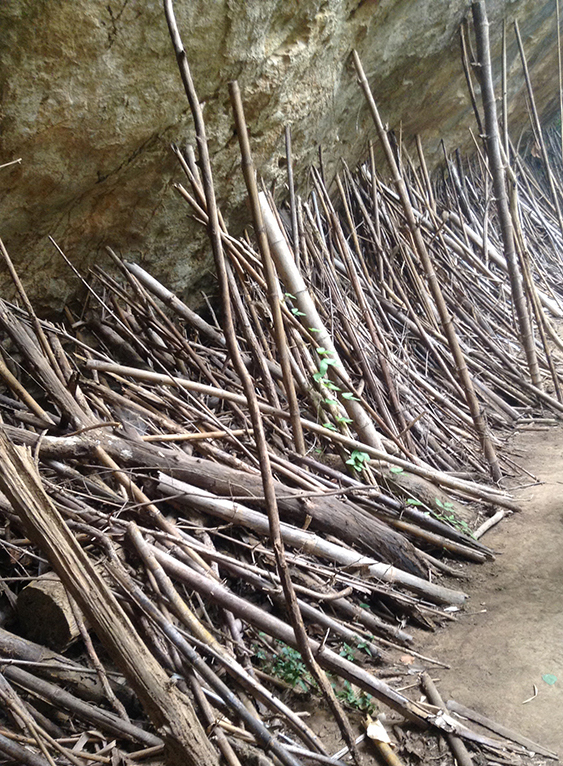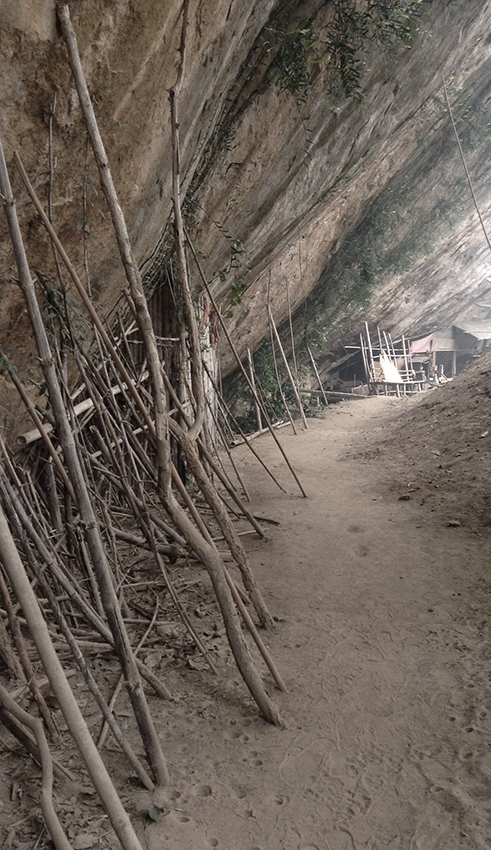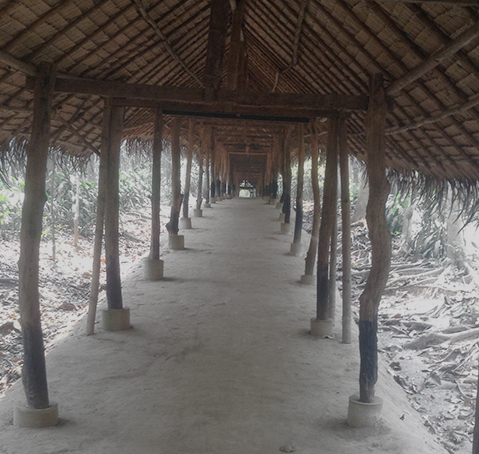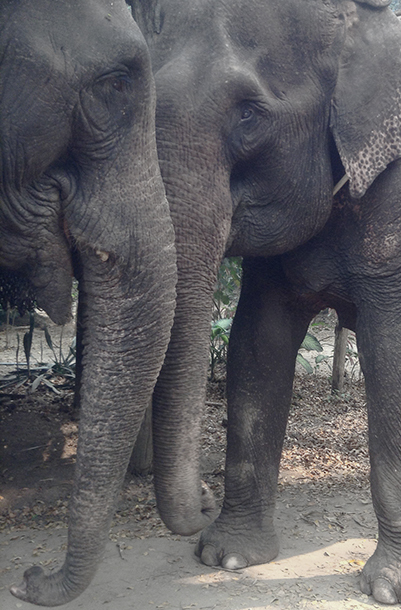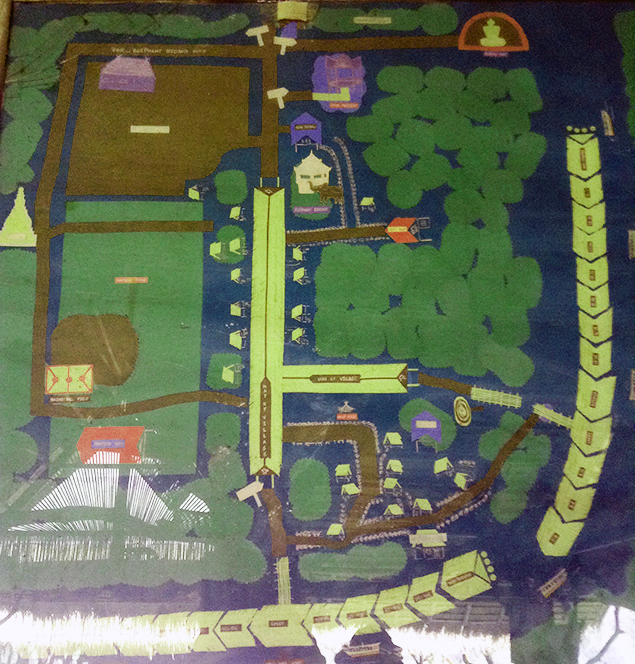The project is located in a ‘Mon‘ village.
The Hotel and Village developed a kind of Mutalism, since the origin, as eco-utopian relationship, where economy is used as a protection of the deep forest.
The Mon ( pronounced: [mʊ̀ɴ lù mjó]; Thai: มอญ, pronounced [mɔ̄ːn]) are an ethnic group from Burma (Myanmar), living mostly in Mon State, Bago Division, the Irrawaddy Delta, and along the southern Thai–Burmese border. One of the earliest peoples to reside in Southeast Asia, the Mon were responsible for the spread of Theravada Buddhism in Burma and Thailand. The Mon culture is credited as a major source of influence on the dominant Burmese culture.
As the eastern Mon were absorbed into the Thai society long ago, the western Mon of Burma have largely assimilated into Burmese society. In Burma, the Mon are fighting to preserve the Mon language and culture, and regain a greater degree of political autonomy. The Mon of Burma are divided into three sub-groups based on their ancestral region in Lower Burma: the Man Nya from Pathein (the Irrawaddy delta) in the west, the Man
Bago in the central region, and the Man: Mottama in the southeast. Once the predominant ethno-linguistic group inLower Burma, speakers of the Mon language number fewer than one million today,and those of Mon descent number anywhere between two million and eight million. The majority of Mon are monolingual in the Burmese language, and are counted as members of the majority Bamar (Burmans). Recent studies have suggested evidence indicating that the Mon and Bamar share a common genetic ancestry. A genetic study done on Mon and Bamar showed a high prevalence of a particular glucose-phosphate dehydrogenase mutation not found among Khmers, Laotians and Thais.
To ‘Maintain’ the montain
Main Street
For hard working and trip in the forest
Class room / ‘Mon’ Language teaching course
Illustrated Plan and situation between Floating Hotel on Kwai-River and Village

